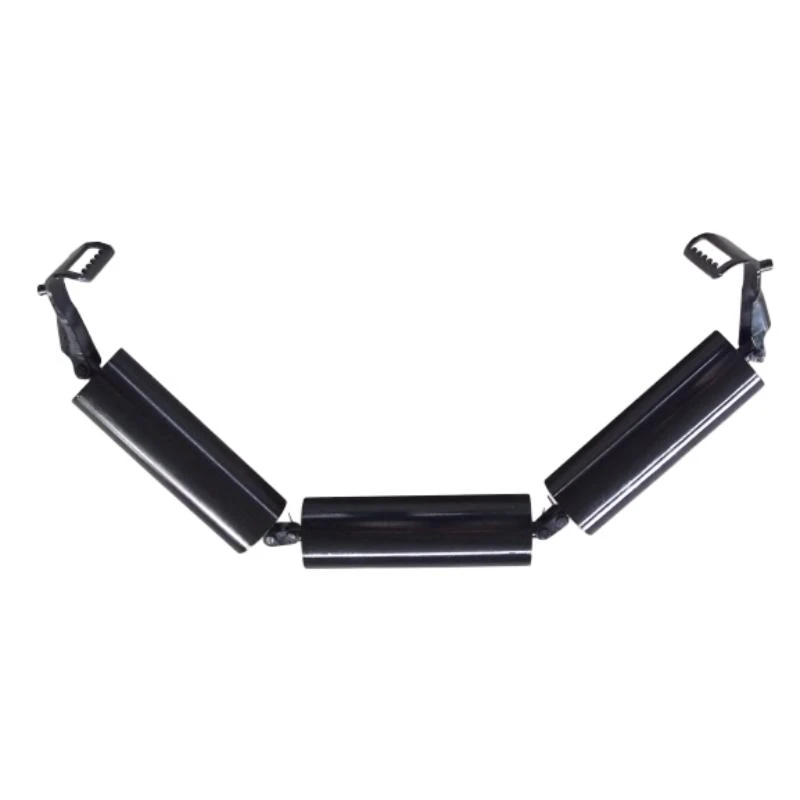 Afrikaans
Afrikaans  Albanian
Albanian  Amharic
Amharic  Arabic
Arabic  Armenian
Armenian  Azerbaijani
Azerbaijani  Basque
Basque  Belarusian
Belarusian  Bengali
Bengali  Bosnian
Bosnian  Bulgarian
Bulgarian  Catalan
Catalan  Cebuano
Cebuano  Corsican
Corsican  Croatian
Croatian  Czech
Czech  Danish
Danish  Dutch
Dutch  English
English  Esperanto
Esperanto  Estonian
Estonian  Finnish
Finnish  French
French  Frisian
Frisian  Galician
Galician  Georgian
Georgian  German
German  Greek
Greek  Gujarati
Gujarati  Haitian Creole
Haitian Creole  hausa
hausa  hawaiian
hawaiian  Hebrew
Hebrew  Hindi
Hindi  Miao
Miao  Hungarian
Hungarian  Icelandic
Icelandic  igbo
igbo  Indonesian
Indonesian  irish
irish  Italian
Italian  Japanese
Japanese  Javanese
Javanese  Kannada
Kannada  kazakh
kazakh  Khmer
Khmer  Rwandese
Rwandese  Korean
Korean  Kurdish
Kurdish  Kyrgyz
Kyrgyz  Lao
Lao  Latin
Latin  Latvian
Latvian  Lithuanian
Lithuanian  Luxembourgish
Luxembourgish  Macedonian
Macedonian  Malgashi
Malgashi  Malay
Malay  Malayalam
Malayalam  Maltese
Maltese  Maori
Maori  Marathi
Marathi  Mongolian
Mongolian  Myanmar
Myanmar  Nepali
Nepali  Norwegian
Norwegian  Norwegian
Norwegian  Occitan
Occitan  Pashto
Pashto  Persian
Persian  Polish
Polish  Portuguese
Portuguese  Punjabi
Punjabi  Romanian
Romanian  Russian
Russian  Samoan
Samoan  Scottish Gaelic
Scottish Gaelic  Serbian
Serbian  Sesotho
Sesotho  Shona
Shona  Sindhi
Sindhi  Sinhala
Sinhala  Slovak
Slovak  Slovenian
Slovenian  Somali
Somali  Spanish
Spanish  Sundanese
Sundanese  Swahili
Swahili  Swedish
Swedish  Tagalog
Tagalog  Tajik
Tajik  Tamil
Tamil  Tatar
Tatar  Telugu
Telugu  Thai
Thai  Turkish
Turkish  Turkmen
Turkmen  Ukrainian
Ukrainian  Urdu
Urdu  Uighur
Uighur  Uzbek
Uzbek  Vietnamese
Vietnamese  Welsh
Welsh  Bantu
Bantu  Yiddish
Yiddish  Yoruba
Yoruba  Zulu
Zulu pulley in conveyor belt
The Role of Pulleys in Conveyor Belts
Conveyor belts are synonymous with modern industrial operations, enhancing efficiency in transporting materials from one point to another. At the core of these systems lies a critical component the pulley. While often overlooked, pulleys are vital for ensuring the smooth and effective functioning of conveyor belts.
Understanding Pulleys in Conveyor Systems
A pulley is a wheel on an axle or shaft that is designed to support movement and change the direction of force. In the context of conveyor belts, pulleys serve as the key points for driving and redirecting the belt. They are typically made from durable materials such as steel or reinforced plastic to withstand the operational stresses and loads that conveyor systems encounter.
Pulleys operate in synchronization with the conveyor belt to create a closed-loop system. In most conveyor belt setups, there are two main types of pulleys drive pulleys and idler pulleys. The drive pulley, connected to a motor, generates the necessary torque to move the belt, while idler pulleys, positioned along the conveyor’s route, support and guide the belt, ensuring it remains aligned.
Types of Pulleys and Their Functions
1. Drive Pulleys These are the power centers of the conveyor system. When a motor turns the drive pulley, it pulls the belt along its path. The diameter and design of the drive pulley can significantly influence the speed and efficiency of the conveyor system. A larger pulley may allow for increased speed, while a smaller diameter can enhance the system's adaptability to different load conditions.
2. Idler Pulleys These pulleys help reduce belt sagging and prevent misalignment, which can lead to excessive wear or failure of the belt. They are crucial for ensuring that the conveyor belt operates smoothly, even in long stretches where sagging can occur. Proper placement and maintenance of idler pulleys are essential for maximizing belt life and operational efficiency.
pulley in conveyor belt

The Importance of Pulley Maintenance
Just like any mechanical component, pulleys require regular maintenance to function effectively. Routine checks should include inspecting for wear, ensuring proper alignment, and monitoring for any signs of damage. Smooth operation is crucial; any roughness or abnormal noises during operation can indicate issues that require immediate attention.
Improperly maintained pulleys can lead to significant problems, including reduced efficiency, excessive energy consumption, and increased wear on the conveyor belt itself. In extreme cases, a failure in the pulley system can halt production, leading to costly downtime.
Innovations in Pulley Design
With advancements in technology, pulley design has evolved significantly. Modern pulleys can come with features such as integrated monitoring systems that provide real-time data on wear and operational efficiency. These innovations allow manufacturers to predict maintenance needs more accurately and maintain optimal performance, reducing the risk of unexpected breakdowns.
Additionally, the development of lightweight and more durable materials has contributed to the enhancement of pulley performance. By decreasing the overall weight of conveyor systems while maintaining strength, these advanced pulleys contribute to increased energy efficiency across operations.
Conclusion
In conclusion, pulleys play a fundamental role in the functionality and efficiency of conveyor belt systems. Their ability to drive and guide the belt is paramount in industrial applications, making them an essential component that supports the entire conveyor operation. As industries continue to demand more from conveyor systems, the innovation and maintenance of pulleys will remain a focal point in enhancing productivity and minimizing operational costs. Understanding and investing in the pulley system is, therefore, crucial for any operation relying on conveyor belts.
-
Revolutionizing Conveyor Reliability with Advanced Rubber Lagging PulleysNewsJul.22,2025
-
Powering Precision and Durability with Expert Manufacturers of Conveyor ComponentsNewsJul.22,2025
-
Optimizing Conveyor Systems with Advanced Conveyor AccessoriesNewsJul.22,2025
-
Maximize Conveyor Efficiency with Quality Conveyor Idler PulleysNewsJul.22,2025
-
Future-Proof Your Conveyor System with High-Performance Polyurethane RollerNewsJul.22,2025
-
Driving Efficiency Forward with Quality Idlers and RollersNewsJul.22,2025





























